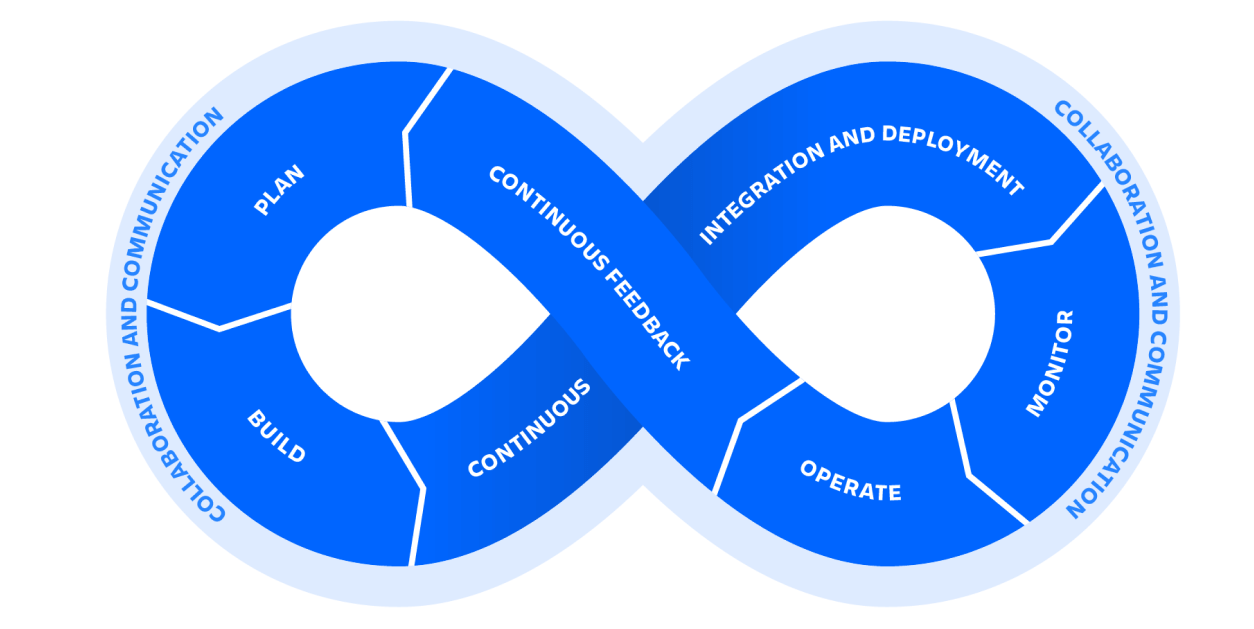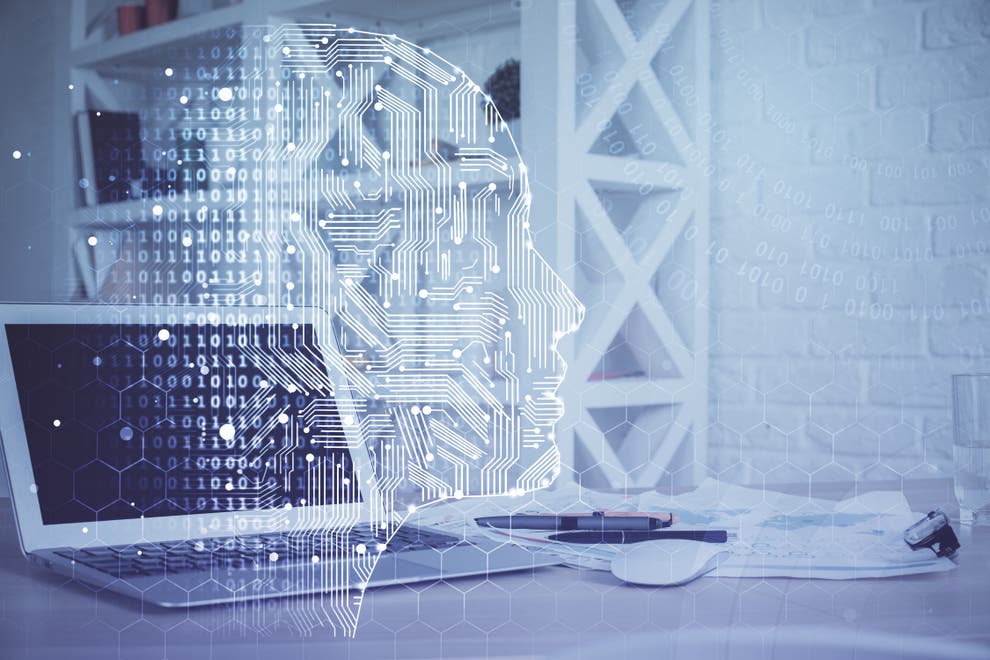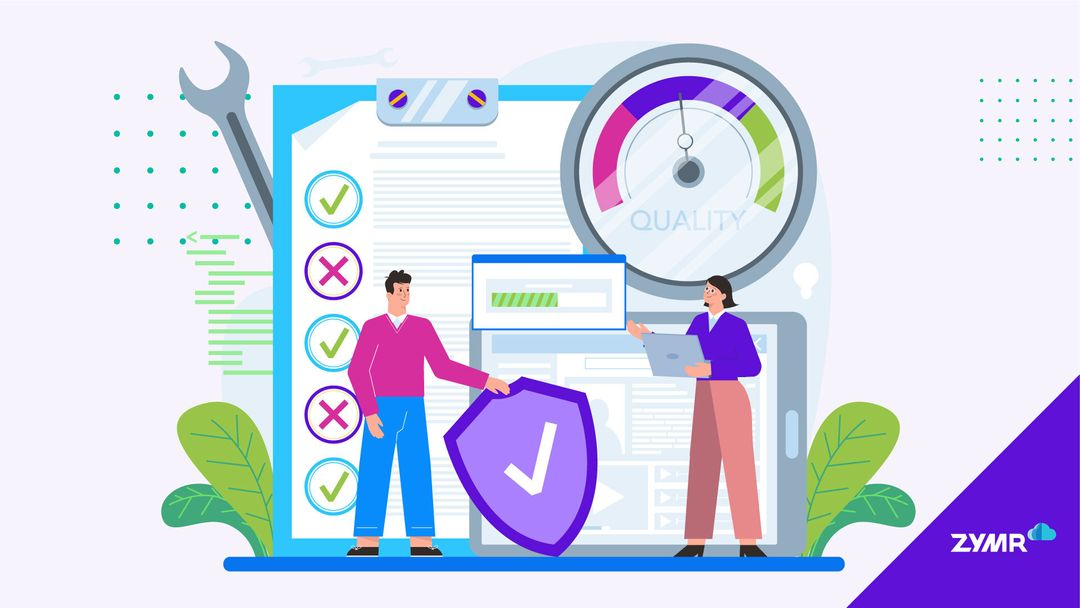A tougher balancing act in 2024, the year of the CISO

What’s making things more difficult for CISOs? The ESG/ISSA data indicates
that business aspects of running a cybersecurity program like working with
the board, overseeing regulatory compliance, and managing a budget are
primary contributing factors. This makes sense as the CISO role has evolved
from technical overseer to business executive over the past few years. At
the same time, organizations have increased their dependence on IT for
automation, optimization, customer service, and digital transformation. ...
Like their non-CISOs colleagues, CISOs are particularly stressed by things
like an overwhelming workload, working with disinterested business managers,
and keeping up with the security requirements of new business initiatives.
It’s worth noting that 26% of CISOs are also stressed about monitoring the
security status of third parties their organization does business with as
compared with 12% of non-CISOs. Third-party relationships are often
associated with business processes and therefore tied closely with business
units. Unfortunately, security teams probably don’t have deep visibility
into the day-to-day security performance at these firms.
How do agile and DevOps interrelate?

Agile and DevOps have much in common. In fact, DevOps grew as an offshoot (or
improvement) of agile, as many industry leaders found dysfunction in IT and
software development. While incremental improvements support quality products,
the competing objectives of individual IT workers lowered overall performance.
To remedy the problem, developers proposed the more integrated approach of
DevOps. Of course, the new philosophy offered different core values, which
caused a split between two opposing communities. Developers grappled with what
looked like conflicting philosophies, leading to the most common misconception
about agile and DevOps: that they don’t interrelate. On the surface, the
pundits have much to draw on. DevOps engineers focus on software scalability,
speed, and team integration. Agile focuses on the slower, iterative process of
software development, with more emphasis on continuous testing. More
importantly, Agile silos individuals while DevOps integrates. Without the
operability of DevOps, infrastructure responsibility falls to the wayside. But
without the basic building blocks of the incremental, customer-focused method
of agile, DevOps has no fundamental processes on which to stand.
AI Fraud Act Could Outlaw Parodies, Political Cartoons, and More

So just how broad is this bill? For starters, it applies to the voices and
depictions of all human beings "living or dead." And it defines digital
depiction as any "replica, imitation, or approximation of the likeness of an
individual that is created or altered in whole or part using digital
technology." Likeness means any "actual or simulated image… regardless of
the means of creation, that is readily identifiable as the individual."
Digital voice replica is defined as any "audio rendering that is created or
altered in whole or part using digital technology and is fixed in a sound
recording or audiovisual work which includes replications, imitations, or
approximations of an individual that the individual did not actually
perform." This includes "the actual voice or a simulation of the voice of an
individual, whether recorded or generated by computer, artificial
intelligence, algorithm, or other digital means, technology, service, or
device." These definitions go way beyond using AI to create a fraudulent ad
endorsement or musical recording. They're broad enough to include
reenactments in a true-crime show, a parody TikTok account, or depictions of
a historical figure in a movie.
Navigating digital transformation in insurance sector: Challenges, opportunities and innovations
Notable developments are the changes that regulators have come up with in
cybersecurity, the Information Security Management, the connectivity
management with the website, with the vendors and employees, and the digital
transformation that they have pushed us to. Because today, everything is
digitally handled, an employee actually meets a customer, and the customer
fills the form digitally; there is no mechanical filling of forms, although
that practice is still there in many parts of the country and in many
companies also. Having said that the digital absorption has become higher in
percentage. So, when we handle things digitally, you will have to think
through, and therefore today, employees are forced to think through what are
the controls they could have. Like we have introduced OTP, so each state’s
customer is forced to think and answer questions on OTP. You have to give
OTP for that, like a policy that I bought about last week, so I had to do
six OTPs in that company. I was wondering why so many OTPs are required, but
when I look at the way the processes were handled by the salesperson, it was
quite effective and efficient, and at the same time, it’s all for the safety
of the customer, that thought process is given to the customer.
Productivity Paradox: Productivity in the Age of Knowledge Work

We sometimes forget that every employee within an enterprise is, at their
core, also a consumer. Their personal preferences, shaped by daily
interactions with personal technology, inevitably spill over into their
professional lives. Consequently, the ubiquity of Macs, iPhones and iPads in
the consumer market has sparked a growing demand for these devices in the
workplace. This shift has only been hastened by the “Bring Your Own Device”
(BYOD) movement, wherein employees sought to use their trusted personal
devices for professional tasks, yearning for the familiarity and ease of use
they’ve grown accustomed to. Instead of resisting this tide, more and more
forward-thinking enterprises are instead leaning in. For one, IT leaders
have recognized that specific hardware platforms matter less these days as
they shift more of their applications to the public cloud. Reliability is
another major factor, especially for remote employees who don’t have an IT
helpdesk at their disposal. And when our survey respondents were asked if
they agreed or disagreed with the statement “Apple takes enterprise
security, compliance, and privacy concerns more seriously than other
vendors,” three-quarters of them concurred.
6 hot networking and data center skills for 2024

“The current rage in AI technology is more than just a fad,” Leary says. “It
is delivering real measurable benefits to IT organizations and the
businesses they serve. And there is no sign of slowdown on the horizon.
Driven by pressing capacities and costs, physical data center designs are
changing significantly” with generative AI. Organizations need IT staffers
who can help assure that generative AI is provided the data, data
processing, and data exchanges needed to deliver on its promise, Leary says.
... Knowledge about cyber security products and services—as well as the
threats they guard against—never go out of fashion. Organizations are facing
a barrage of threats against their networks and data centers, so finding
people with related skills remains a high priority. “Companies are
constantly having to pay attention to their security as more and more cyber
attacks happen,” Vick says. “That is something that is not slowing down, so
they are having to update their firewalls and other security features.”
Enterprises are building out their security teams, in some cases looking for
people to update their security posture with a variety of technologies.
Navigating data management modernisation to deliver the AI-ready tech stack of the future

Forward-thinking IT leaders already see a direct correlation between
modernising the data management journey across the entire tech stack and
facilitating the extraction of value from data at the speed and scale needed
for real-time intelligence. The same Alteryx research suggests that digital
transformation relating to AI and machine learning will be the number one
characteristic of the future enterprise, and tech stack priorities are
already shifting to reflect this. Generative AI, quantum computing and
machine learning operations (MLOps) are cited as the technologies most
likely to see the largest shift in accelerated adoption in the future. While
it only seems a short time since the pandemic forced many organisations to
accelerate transformation at breakneck speeds, the rise of AI-related
technologies will reinfuse these transformations. Why? Because AI has
lowered the barrier to delivering productivity gains by delivering
data-driven insights with just a sentence or a prompt. With countless
data-oriented AI technologies and intelligent systems already available, the
ultimate goal of this transformation is to modernise the data management
journey across the entire stack.
Continuous Quality Assurance: Strategizing Automated Regression Testing for Codebase Resilience

In times of QA software testing, automation regression processes can be
enabled to autonomously identify any unexpected behaviors or regressions in
the software. ... End-users anticipate a consistent and dependable
performance from software, recognizing that any disruptions or failures can
profoundly affect their productivity and overall user experience. The
implementation of regression testing proves invaluable in identifying
unintended consequences, validating bug fixes, upholding consistency across
versions, and securing the success of continuous deployment. Through early
identification and resolution of regressions, development teams can
proactively safeguard against issues reaching end-users, thereby preserving
the quality and reliability of their software. ... Automated regression
testing can be strategized based on the complexity of the codebase for
approaches like retesting everything, selective re-testing, and prioritized
re-testing. Tools such as Functionize, Selenium, Watir, Sahi Pro, and IBM
Rational Functional Tester can be used to automate regression testing and
improve efficiency.
Sustainable Partnerships Pay Dividends

The first step in establishing highly effective partnerships, von Koeller
says, is to identify what an organization hopes to achieve and establish a
roadmap for meeting specific goals and metrics. This requires a focus on
shared values and coordination across departments and groups. “You have to
understand your footprint, understand what environmental impact an action
has, and how to engage suppliers to achieve alignment around your targets,”
she explains. Open and honest communication among partners is vital. Too
often, larger companies fail to understand what suppliers can do and what
they can’t do, particularly when they’re located in faraway countries, or a
supply chain has numerous layers. Partners downstream and upstream face
their own set of challenges -- environmental, political, and practical --
that can make it difficult to conform to strict standards. A particularly
daunting aspect -- especially for smaller firms supplying raw materials or
specialized components -- is onerous data collection and reporting
requirements, Linich notes. As a result, smaller companies may require
funding and technical assistance from larger partners, including aid in
setting up software and IT systems that support sustainability.
Get started with Anaconda Python

The Anaconda distribution is a repackaging of Python aimed at developers who
use Python for data science. It provides a management GUI, a slew of
scientifically oriented work environments, and tools to simplify the process
of using Python for data crunching. It can also be used as a general
replacement for the standard Python distribution, but only if you’re
conscious of how and why it differs from the stock version of Python. ...
The most noticeable thing Anaconda adds to the experience of working with
Python is a GUI, the Anaconda Navigator. It is not an IDE, and it doesn’t
try to be one, because most Python-aware IDEs can register and use the
Anaconda Python runtime themselves. Instead, the Navigator is an
organizational system for the larger pieces in Anaconda. With the Navigator,
you can add and launch high-level applications like RStudio or Jupyterlab;
manage virtual environments and packages; set up “projects” as a way to
manage work in Anaconda; and perform various administrative functions.
Although the Navigator provides the convenience of a GUI, it doesn’t replace
any command-line functionality in Anaconda, or in Python generally.
Quote for the day:
"Leaders are more powerful role models when they learn than when they
teach." -- Rosabeth Moss Kantor
No comments:
Post a Comment